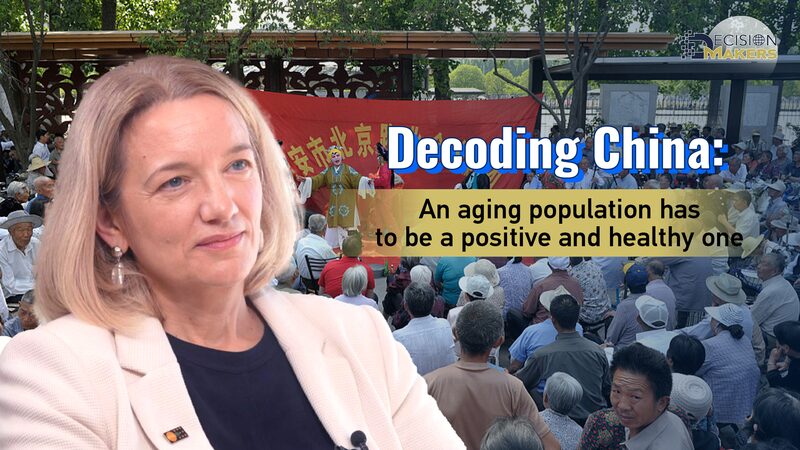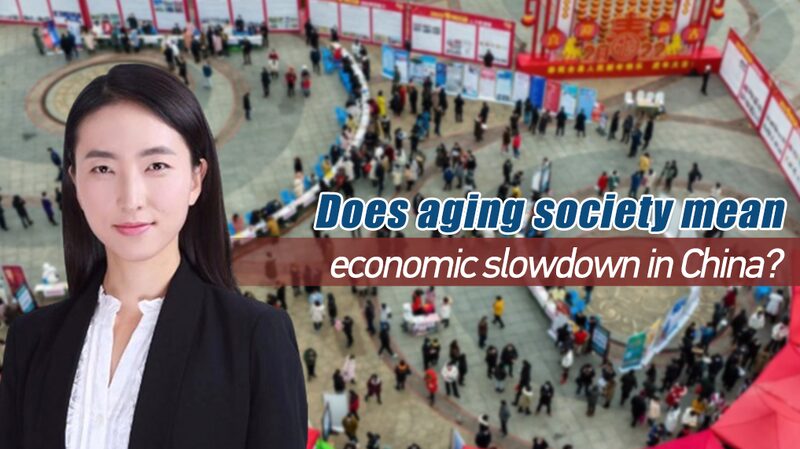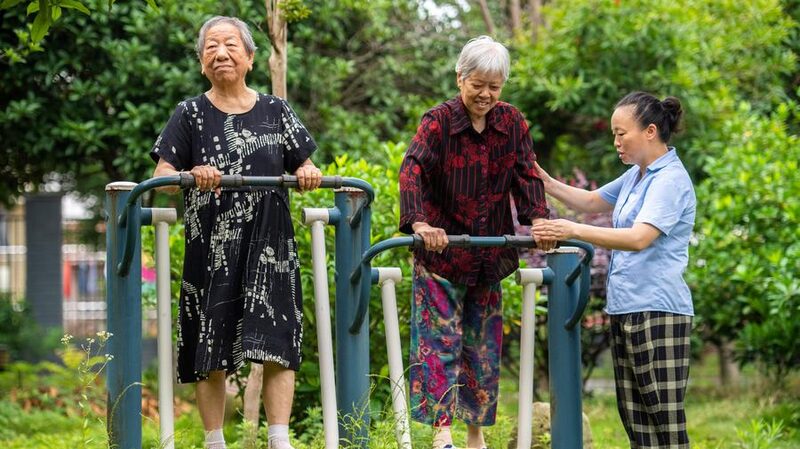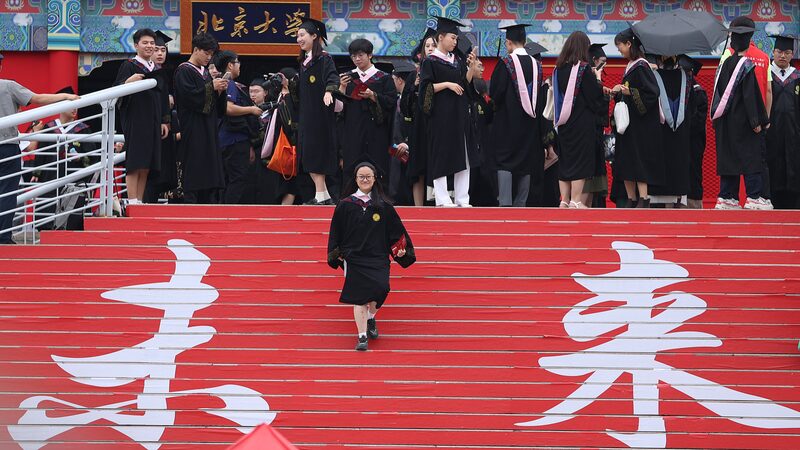In a significant move to address its aging population and declining birth rates, the Chinese mainland has unveiled comprehensive reforms following the third plenary session of the 20th Communist Party of China (CPC) Central Committee. The session concluded with the adoption of a resolution aimed at deepening reforms and advancing Chinese modernization.
The demographic challenges facing China have intensified in recent years. According to the latest data from the National Bureau of Statistics, by the end of 2023, the number of people aged 60 and above reached 296.97 million, accounting for 21.1 percent of the total population. Those aged 65 and older constituted 15.4 percent. Moreover, the fertility rate stood at 1.3 live births per woman in 2020, indicating a relatively low level of population growth.
To counter these trends, the resolution outlines a multifaceted approach to enhance population development. Key measures include refining childbirth policies, reducing the costs associated with raising children, and fostering a society that is more supportive of families. Specific initiatives involve improving parental leave policies, introducing childbirth subsidies, enhancing basic public services for childcare and pediatric care, and increasing tax deductions for childcare-related expenses.
The government plans to develop a public-benefit childcare service system by supporting employer-run nurseries, community childcare facilities, and home-based care options. Efforts will be made to ensure that public services are delivered seamlessly across urban and rural areas, promoting equitable access to resources.
Addressing the needs of the elderly is another critical focus of the reforms. China aims to proactively tackle the challenges of an aging population by enhancing policies and mechanisms for elderly care programs and industries. The development of the silver economy is a priority, with support for creating diverse job opportunities for older citizens.
In line with the principle of voluntary participation and flexibility, China will gradually raise the statutory retirement age in a prudent and orderly manner. To improve the availability of basic elderly care services, the country will invest in community-based facilities, enhance the operation of public-run institutions, and encourage participation from enterprises and non-governmental organizations. Initiatives promoting mutual-aid elderly care and the integration of medical and elderly care services are also part of the reform agenda.
Special attention will be given to rural elderly care services, aiming to address existing deficiencies. The reforms seek to ensure better support for elderly individuals facing special challenges, such as those living alone, with disabilities, or physical impairments. Additionally, China plans to accelerate the introduction of long-term care insurance schemes to provide financial security for the aging population.
These reforms reflect China’s commitment to advancing Chinese modernization by building a more inclusive society that supports its citizens throughout all stages of life. By proactively addressing demographic challenges, China aims to foster sustainable economic growth and social stability in the years to come.
Reference(s):
China tackles aging demographic, low birth rates via further reform
cgtn.com








